Not everything Apple did during its event on Tuesday was announced on stage by the executive team.
As the company focused the world’s attention on the stage of Cupertino’s Flint Center, it was carrying out a murder in the wings. The victim: the iPod Classic.
By far Apple’s longest-running product, the iPod Classic – once known simply as the iPod – was introduced in its final form in September 2007: the sixth generation of iPod had a thinner body, longer battery life and an aluminium design. Three months earlier, the iPhone had been introduced and the writing was on the wall for the classic.
At the event where the iPod Classic was introduced – and given its new, respectful moniker – the iPod Touch was also born. It had the advantages of an iPhone bar the cellular connectivity but a price closer to the rest of the iPod line. The Touch was supposed to be the death knell for the classic.
But instead, the design showed a remarkable durability. A large part of that was down to the capacity of the device, which started at 80GB and had been bumped up to 160GB by 2009. Next to an iPod Touch which, even today, maxes out at 64GB of space, it appealed to those with enormous music collections and a desire to carry everything with them all the time.
Even though Apple appeared happy to take the classic fans’ money for the time being, every new hardware announcement was shadowed by the possibility that this would be the end for the venerable MP3 player. It was the last product the company shipped with a 1.8 inch hard-drive, an expensive component liable to fail with over-use. And in a world of streaming music services even the idea of a “music collection” was starting to seem outdated, let alone the idea that it needs to be stored on the same device.
Still, we didn’t expect the murder of the classic to be done with such brutality. Apple’s never been a company for looking back but typically when they discontinue a product they offer up something new as recompense. Not this time. The iPod line was not mentioned once onstage – though a redesign of the iPod touch might come in October – and no time was spared for the classic. The future is touchscreens on our wrists, not scrollwheels in our pockets.
Except. Announcing the Apple Watch, the company’s CEO Tim Cook put special emphasis on the “digital crown”, a whole new input paradigm invented just for the device. “It translates rotary movement into digital data,” he told the audience, dazzling them with the “IR LEDs and diodes” used to make it work. But beneath the bluster, it’s a physical scroll wheel, the same technology introduced in the original iPod in 2001.
Maybe that’s the send-off the iPod Classic deserved?
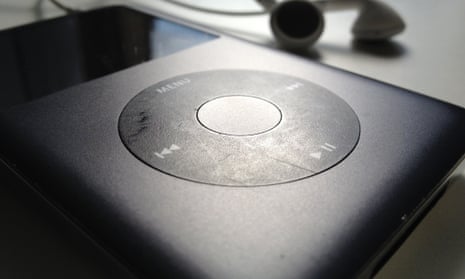


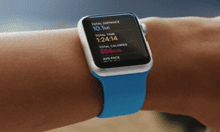

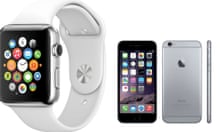
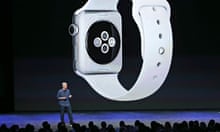
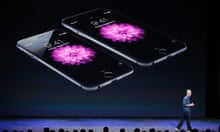
Comments (…)
Sign in or create your Guardian account to join the discussion